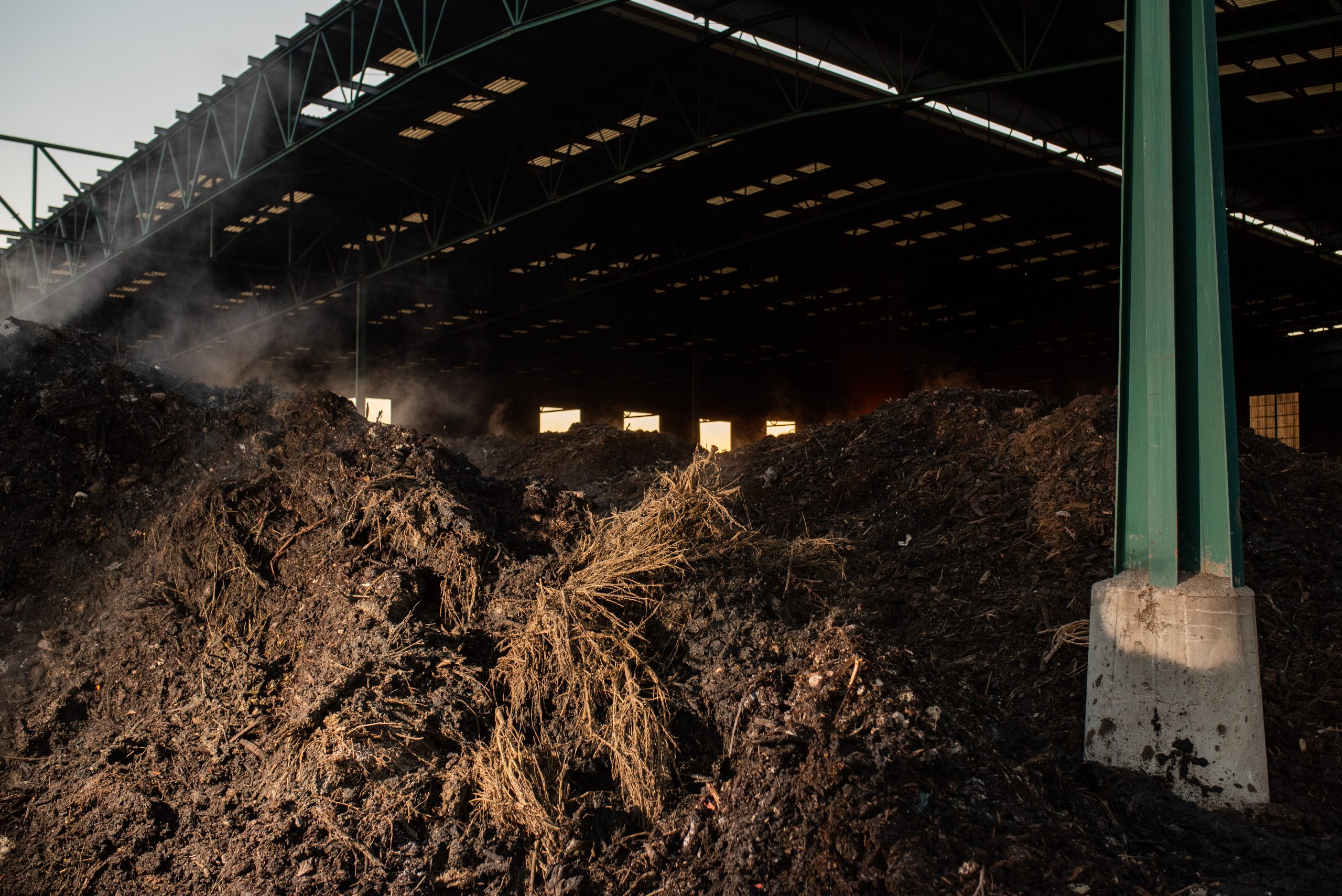Composting is a biochemical process by which organic matter is decomposed and a humus called compost is obtained. The phases of the composting process are very specific and have to be controlled frequently so that the temperature, humidity, oxygen, and other factors are ideal and develop correctly. As a general rule, specific facilities are required to carry out the whole composting process, precisely to ensure greater control over how the raw material that is to be converted into compost evolves stage by stage.
Below we explain the different stages of the composting process:




